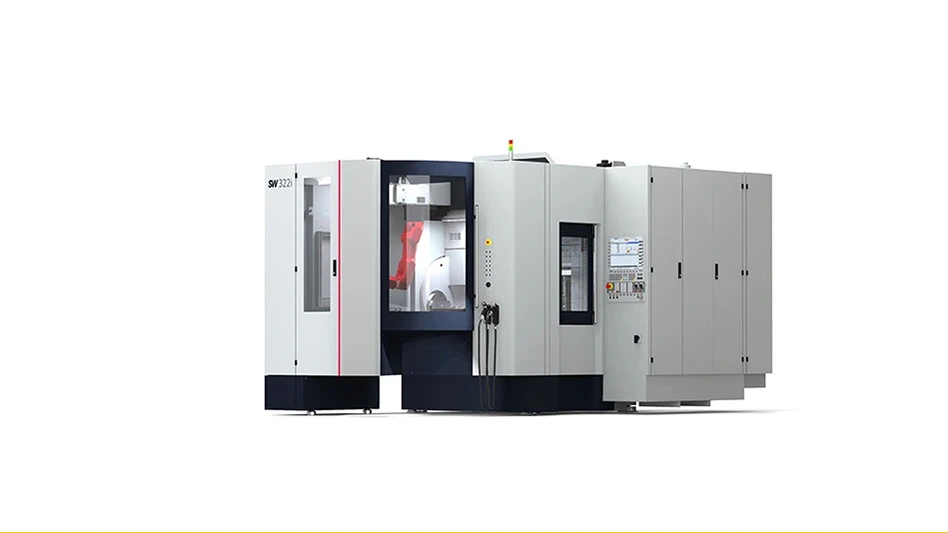

Medical devices are in higher demand due to a growing population, aging society, and increased awareness of the importance of healthcare. These devices must perform safely and as intended for patients and healthcare staff, so medical device manufacturers have strict quality management systems in place for the assembly of these critical products.
The assembly process involves many complex manufacturing tasks completed under stereo microscopes. With a wide range of medical devices and stringent assembly requirements, assemblers must occasionally look away from the microscope to check the printed or digital assembly instructions. When the assembler’s line of sight moves from the microscope to the monitor or printed document, the force applied to a part can change and possibly lead to assembly errors.
Stereo microscopes, however, continue to evolve as they’re equipped with augmented reality (AR) modules to streamline complex manufacturing tasks (Figure 1).
Efficient medical device assembly

AR microscopes work by overlaying text, images, videos, and measurements into the view seen from the eyepieces. These capabilities enable medical device manufacturers to project standard operating procedures (SOPs) directly into the microscope’s field of view (FOV) (Figure 2). As the assembler can focus on their work and check instructions without moving their eyes, AR microscopes facilitate work efficiency, improve comfort, and reduce the risk of errors.
Identifying root cause of problems
Using AR microscopes in medical device assembly also helps solve problems quickly. If a problem occurs during the manufacturing process, on-site inspections must be performed to determine the cause. Managers and engineers must be on-site to study and identify the issue, taking time and coordination.
AR microscopes equipped with third-party collaboration software, such as Microsoft Teams, provide a more flexible approach to diagnosing problems. With the collaboration software, assemblers can share the view from their eyepieces with off-site managers or engineers to receive guidance (Figure 3). The remote expert can then solve the problem in a timely manner and save on travel costs.
Establishing an easier training process

In medical device assembly, AR microscopes also simplify training new assemblers. The training process is typically laborious and time consuming with a traditional stereo microscope with a trainer explaining the operating instructions to trainees through the monitor. Then the trainees complete the tasks using the microscope.
Trainers can’t directly check the work of trainees during this process. Instead, they observe the finished medical device using the microscope after the trainees complete their work, and then train the trainees again on specific problems found.
Using AR microscopes with collaboration software, trainees can share the microscope’s FOV so the trainer can follow along from any location (Figure 4). Trainers can provide guidance in real time and even use annotation to add instructions directly in the FOV. To save time, a training video can be projected into the FOV so the trainees can learn and practice on their own without the trainer.
Easy integration into existing stereo microscopes

By streamlining assembly, training, and problem-solving, AR microscopes improve work efficiency and reduce costs for complex manufacturing tasks in medical device assembly. Automated reality microscopes are also cost-effective and accessible tools, as AR modules can retrofit existing stereo microscopes to expand their capabilities. With minimal effort and cost to onboard, AR microscopes are a simple way to improve the efficiency of production lines.

Explore the January/Februrary 2024 Issue
Check out more from this issue and find your next story to read.
Latest from Today's Medical Developments
- Tariffs threaten small business growth, increase costs across industries
- Feed your brain on your lunch break at our upcoming Lunch + Learn!
- Robotics action plan for Europe
- Maximize your First Article Inspection efficiency and accuracy
- UPM Additive rebrands to UPM Advanced
- Master Bond’s LED415DC90Med dual-curable adhesive
- Minalex celebrates 60 years of excellence in miniature aluminum extrusions
- Tormach’s Chip Conveyor Kit for the 1500MX CNC Mill





